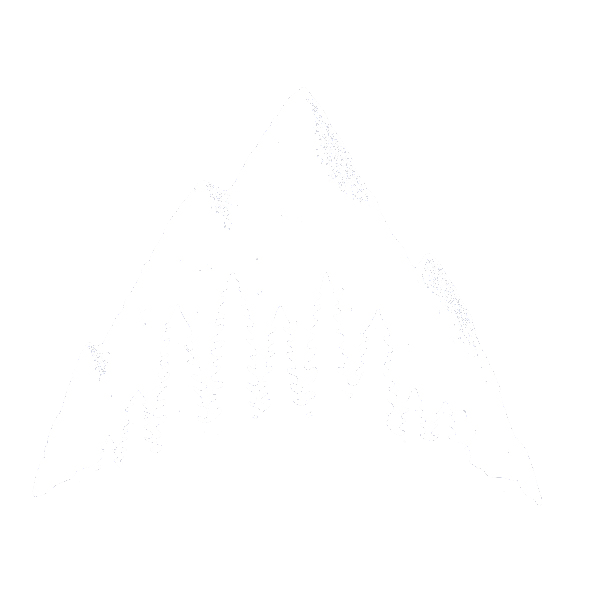14 plants for survival in Sweden
As a collector of old knowledge and manuals as we are. We have always been fascinated by the Swedish militaries survival school. Founded by Lars Felt in 1988 and influenced by some of the best around the world. I managed to track down a copy of the manual from 1988.
You can see how the illustration style carried over into the classic Lars Felt books we all love today. In it was a list of the Survival Schools top 14 plants for survival in Sweden. Some of them familiar to everyone and some are more local. I translated the list and it's below. For anyone looking to leaf through this piece of outdoor history. Here is the link to the book itself where it can be read for free.
Birch (Swedish: Björk) Betula (carbohydrate-rich sap with 2% sugar)
Cow parsley (Swedish: Hundkäx) Anthriscus sylvestris (starchy root, 15% carbohydrates)
Cattail (Swedish: Kaveldun) Typha (starchy rhizome, root pith with 21% carbohydrate)
Orpine (Swedish: Kärleksört) - Hylotelephium telephium (fleshy leaves, root tubers with 10% carbohydrate)
True Iceland lichen (Swedish: Islandslav) - Cetraria islandica (lichens are high in carbohydrates)
Beard lichen (Swedish: Skägglav) - Usnea dasopoga (lichens are high in carbohydrates)
Ink lav (Swedish: Tuschlav) - Lasallia pustulata (lichens are high in carbohydrates)
Dandelion (Swedish: Maskros) Taraxacum (vitamin C-rich leaves, root with 23% carbohydrate)
Milkwort (Swedish: Mjölkört) Chamaenerion angustifolium (starchy rhizome, 16% carbohydrate)
Rosehips (Swedish: Nypon) Rosa (fruits rich in sugar and vitamin C)
Snake root (Swedish: Ormrot) - Bistorta vivipara (sprouts with 17% carbohydrate, starchy root tuber)
Pine (Swedish: Tall) Pinus sylvestris (starchy inner bark, vitamin-rich needles)
Woolly burdock (Swedish: Ullkardborre) Arctium tomentosum (root with 21% carbohydrate)
Reed (Swedish: Vass) - Phragmites australis (sugar-rich rhizome, 7% carbohydrate)
Dehydration And Water
Hey forest Family! As always we hope this information adds to your outdoor journey. We appreciate your support and if you find the information helpful feel free to pass it on to someone else who may find it useful.
Products used in the pictures: The Grayl
6 Reasons you need water
Water is a sensory aid. It keeps cognitive functions working at full capacity.
Water is essential for digestion. If dehydrated its best to eat less as you rehydrate.
Water is vital for waste removal from the body.
Water cools and moistens the lungs
Water keeps muscles and joints loose
Staying Hydrated
Drink water several days before you hike.
Avoid Alcohol and caffiene before and after your hike. Caffiene hiking drinks should only be used in hard times.
Make your water easily accesible. Keeping your bottle in exterior pockets or use a water bladder suitable for hiking.
Avoid sweating. Remember “its better to ration sweating than it is to ration water”.
Do not trust thirst. Thirst is not a reliable indicator that your body needs more water.
Remember to keep drinking even when your not hiking. Such as during meal times and when resting.
What to do if signs of dehydration show
Use oral rehydration powders. Measure the mixture using the marks on your bottle and keep track of your water intake. If no oral rehydration solutions are available add a pinch of salt to your water.
Do not exert yourself for several hours. Sit down and if warm stay in the shade.
Sip instead of gulping
Do not drink cold water. Instead sip water close to body temperature.
Watch the colour of your urine. An hydrated person should have almost clear urine. If urine is straw coloured or darker stay hydrating. If it proceeds to darken call for rescue.
When hydrated urinating should occur every 2-3 hours. If your urinating less than this its important to rehydrate.
Fire-Fried Spring Rolls
There's something special about cooking over an open fire. And here's our secret: it doesn't have to be complicated!
Fire-Fried Spring Rolls
Start by picking up some store-bought spring rolls from your local grocery store. They're convenient, inexpensive, and eliminate the need for any complex prep work. Simply unpack them, and you're halfway there! With a skillet or pan placed over the flames, add a bit of oil and watch it sizzle. Carefully place the spring rolls in the pan, and let them work their magic. In just a few minutes, you'll witness a mouthwatering transformation as they turn from doughy to golden brown. Sweet chili sauce and soy sauce makes for a perfect accompaniment to the crispy spring rolls.
Before you know it, your outdoor feast is ready to be enjoyed. Serve up the piping hot spring rolls alongside the dipping sauce. It's so easy!

























